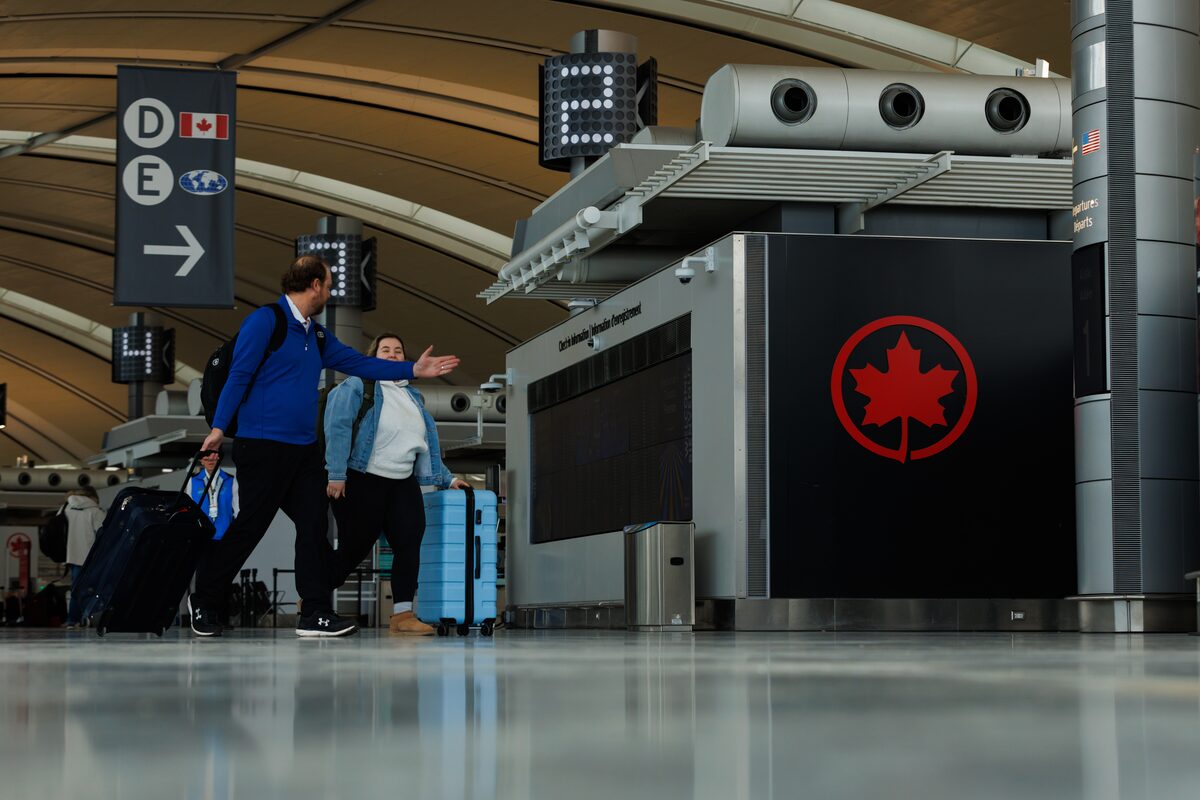Canada’s inflation rate surprisingly cooled in March as travel-related prices fell during the month, coinciding with a sharp pullback in trips to the United States during the trade war.
The consumer price index rose 2.3 per cent in March from a year earlier, down from 2.6 per cent in February, Statistics Canada said on Tuesday. Financial analysts were expecting higher inflation of 2.7 per cent, because of upward pressure from the end of the federal tax holiday in mid-February.
Consumer prices rose 0.3 per cent in March from February, lagging way behind estimates of a 0.7-per-cent gain.
Inflation has largely resided near the Bank of Canada’s 2-per-cent target since last summer, allowing the central bank to cut interest rates at seven consecutive meetings.
But the bank’s next rate decision, on Wednesday, is hardly certain, because of the fallout from the global trade war launched by U.S. President Donald Trump.
Economists and analysts are roughly split over whether the Bank of Canada will cut rates again or hold them steady at 2.75 per cent. The interest rate swaps market – which captures investor expectations of monetary policy – is suggesting it’s a coin-flip outcome, according to LSEG data.
Still, the soft inflation report has bulked up bets that another cut is imminent.
“The central bank will be weighing the inflation risk from tariffs against the downside risk coming from consumer/business sentiment surveys, a loosening job market, and a very weak real estate market,” James Orlando, senior economist at Toronto-Dominion Bank, said in a client note.
“We are maintaining our call for another cut from the bank, as it should take out more insurance against the mounting downside risks to the economy,” he added.
Tuesday’s inflation report showed a cooldown on several fronts. Gasoline prices fell 1.8 per cent in March from February. Excluding gas, the CPI rose 2.5 per cent on an annual basis, down from 2.6 per cent in February.
Travel prices, which often swing wildly because of seasonal demand, fell notably during the spring break period. Prices for travel tours fell 8 per cent in March from February, while airfare prices tumbled 12 per cent from a year earlier.
Statscan has published several reports that show Canadians are forgoing trips to the U.S. to protest Mr. Trump’s tariffs and his repeated jibes about Canadian sovereignty. The number of Canadians returning from the U.S. by car plummeted 32 per cent in March, year over year.
The Bank of Canada’s preferred measures of core inflation – which strip out volatile movements in the CPI – also eased in March. On a three-month annualized basis, those measures rose by an average of 2.7 per cent in March, down from 3.3 per cent in February.
The Bank of Canada faces a unique challenge in a trade war, which constrains economic growth but pushes up prices – outcomes that typically prompt different decisions from the central bank.
Canada is facing 25-per-cent tariffs on imports that aren’t compliant with the North American trade pact, along with sectoral duties on steel, aluminum, autos and lumber.
To date, Canada has imposed 25-per-cent tariffs on $60-billion of U.S. goods imports, along with duties on U.S.-made vehicles. These tariffs will raise prices for Canadian consumers, but are intended to put pressure on the Trump administration to reverse its trade policies.
Bank of Canada Governor Tiff Macklem has repeatedly stressed that interest rates won’t likely be cut to near-zero levels, as they were in the pandemic. The central bank is trying to prevent a tariff-induced price shock from escalating into persistently higher inflation.
